What is PRP Therapy Hair Loss
Our body’s blood is constantly circulating – providing us with nutrition, oxygen, and waste removal. Blood is mostly liquid, with numerous cells and proteins suspended in it.
The liquid called plasma makes up about half the content of our blood. Plasma contains antibodies & transports nutrients such as salts, protein and enzymes throughout the body. Blood plasma also contains Platelets that in turn contain growth factors that repair damage and injuries.
PRP is derived from our own blood plasma concentrated with platelets. These concentrated platelets contain the proteins and growth factors needed to stimulate hair follicle growth, increase circulation to hair follicles and decrease the inflammation that accelerates hair loss.
How it works?
The scalp is cleansed and numbing cream applied. While the scalp is prepared, a small amount of blood is drawn from the patient. This blood is then centrifuged to separate the blood components and produce the PRP which in turn is either injected or infused into the areas of hair loss. Patients are able to resume normal activities after this procedure.
All PRP treatments are performed in a sterile environment with our highly trained and experienced Registered Nurse or Phlebotomist.
PRP harnesses the growth factors carried in the blood supply and then delivers a concentrated dose back to the affected scalp and hair follicles. The growth factors in the platelets stimulate the follicles to grow hair. The hair follicles in the resting phase (telogen) may be pushed into growth, and this will appear as new hair growth.
PRP Benefits:
- slowing the rate of hair loss
- regrowing thinning hair to be thicker and fuller
- boosting the health and condition of the scalp
- stimulating collagen levels
- preparing the scalp for hair transplantation & post hair transplantation
PRP can also assist in the treatment of skin and scalp conditions such as:
- dry, itchy and inflamed scalp
- genetic hair loss
- alopecia areata
- telogen effluvium (commonly caused by stress)
Recovery time / Treatment intervals
After the procedure you can go about your day as before. The downtown is minimal but varies from person to person.
Immediately after the procedure your face will be red, almost like a mild sunburn.
Many people report the redness to have gone down by the following day but for people with more sensitive skin this can last up to 3 days.








